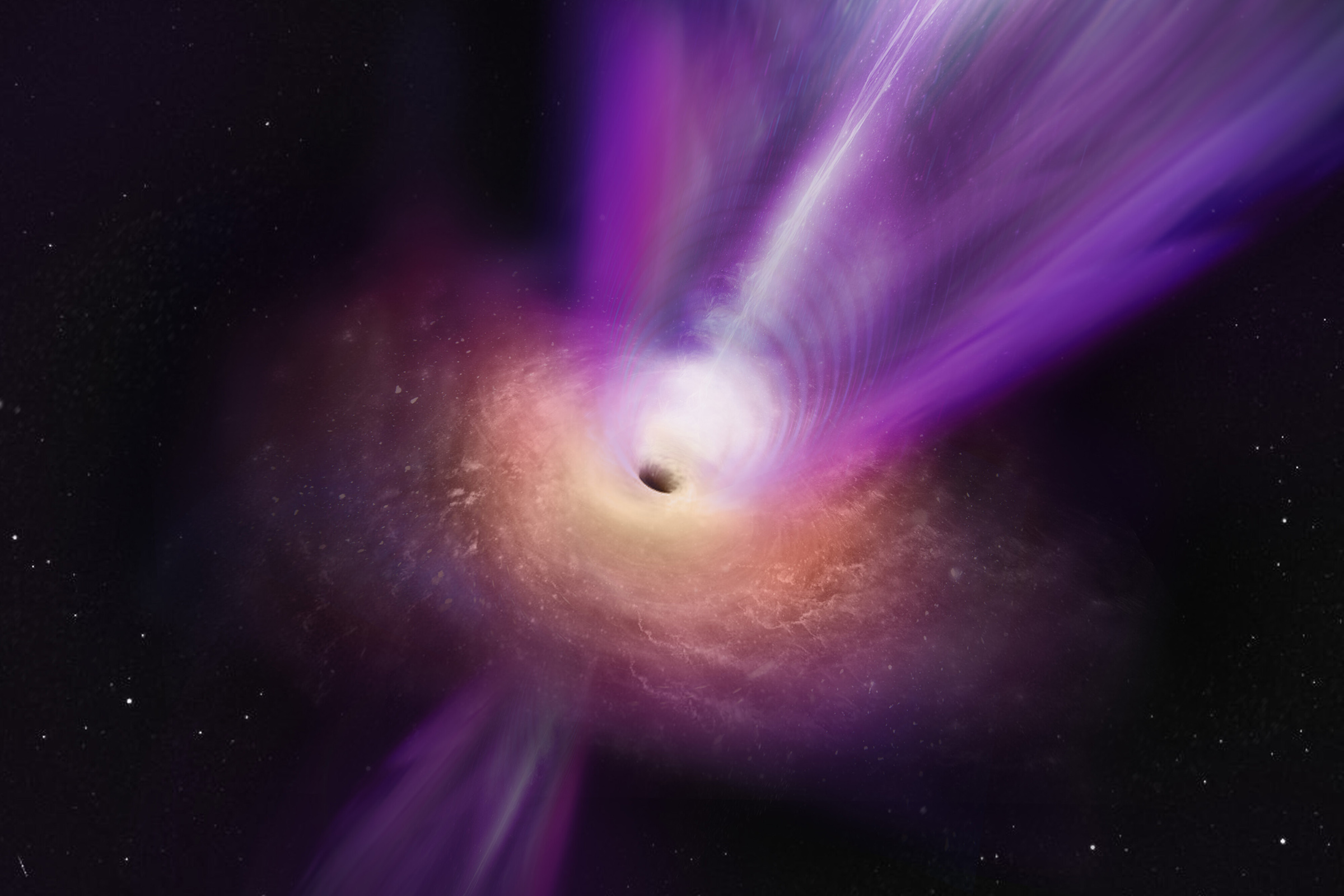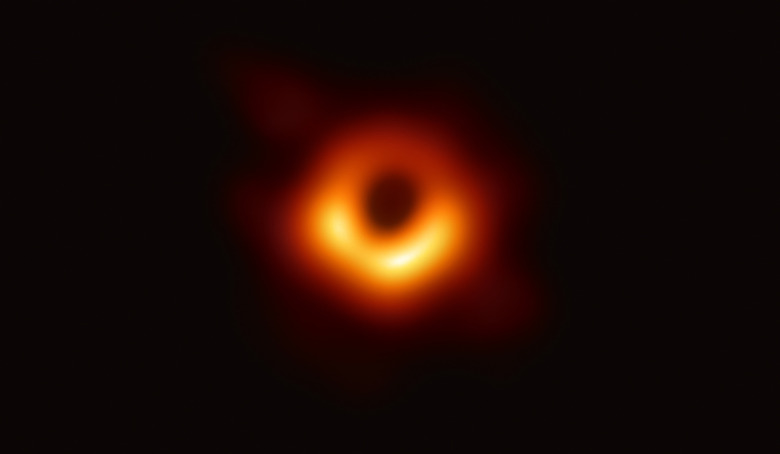Turns Out Supermassive Black Holes Are Way More Common Than We Thought
Supermassive black holes are some of the densest objects found within our universe. These cosmic objects are so heavy that they often weigh billions of times more than our sun, and they're so dense, not even light can escape their grasp. For the most part, we've believed these massive beasts were only found at the center of galaxies. However, new research suggests they might be far more common than we thought.
The new study, which is published in The Astrophysical Journal, used data from NASA's InfraRed Astronomy Satellite and the NuSTAR X-ray telescope, which is operated by NASA/JPL. By looking at data from both the infrared and x-ray spectrums, they were able to determine that several of these cosmic objects managed to slip past earlier observations.
Supermassive black holes should be pretty hard to miss. Just like Sagittarius A*, the black hole at the center of the Milky Way is. While you can't expect see them by going outside and looking up from your backyard, their enormous mass causes ripples and distortions in space, which isn't hard to spot when viewing the universe through a powerful telescope.

Despite the immense pull these objects have on the universe, it's still possible to miss them due to unexpected readings or even things like gravitational lensing from other galaxies. And since we still don't know how black holes evolve, there's only so much we can do to spot them. Not to mention there are a ton of less active, silent black holes out there that aren't siphoning off matter and light anymore.
So, how exactly did the researchers spot new black holes? Well, according to the findings, they looked at how gas and dust emit light after being heated. From there, they were able to spot several new supermassive black holes hidden in the cosmos. We know that sometimes these cosmic objects can break free of their galaxies, leading to rogue black holes, so it's not too surprising that there are more of them than we previously expected.
This is all part of a growing attempt to understand more about how dust interacts within the universe as a whole, and what's going on behind it. While there are likely still thousands (if not millions) of black holes we have yet to discover, this new research at least tells us it is worth looking harder.
